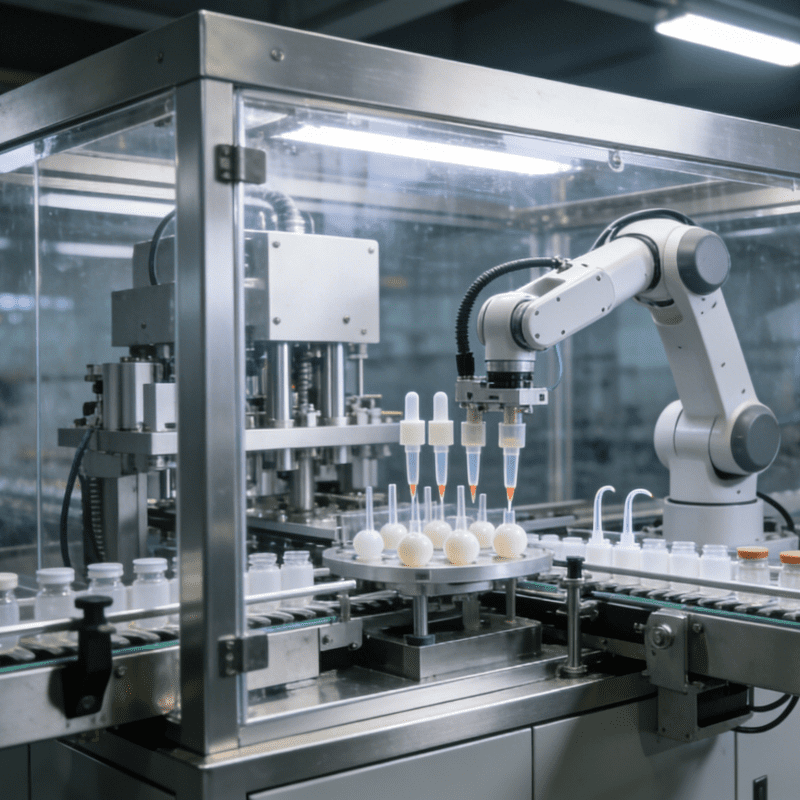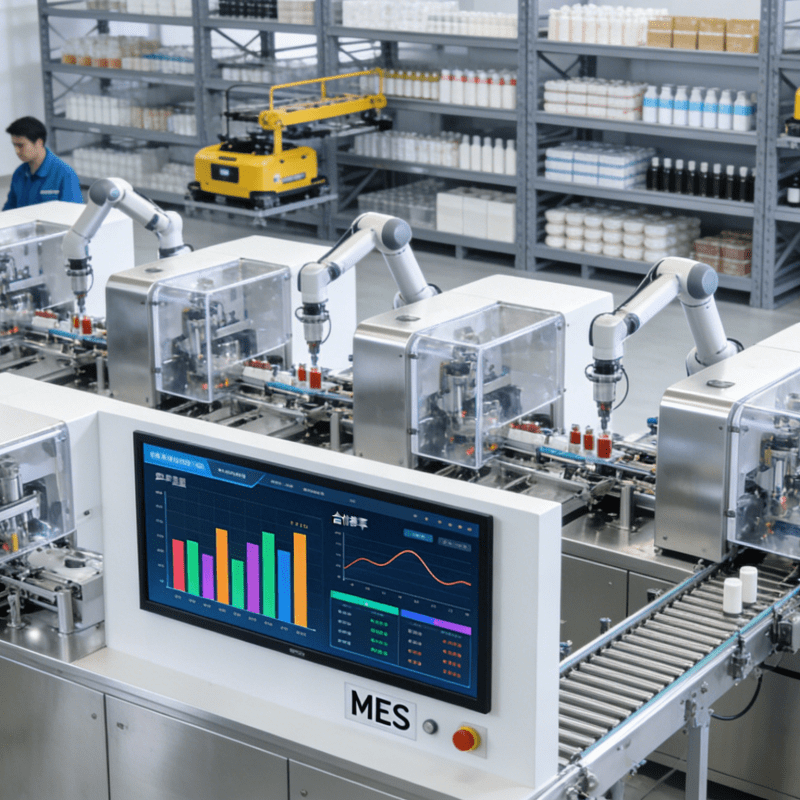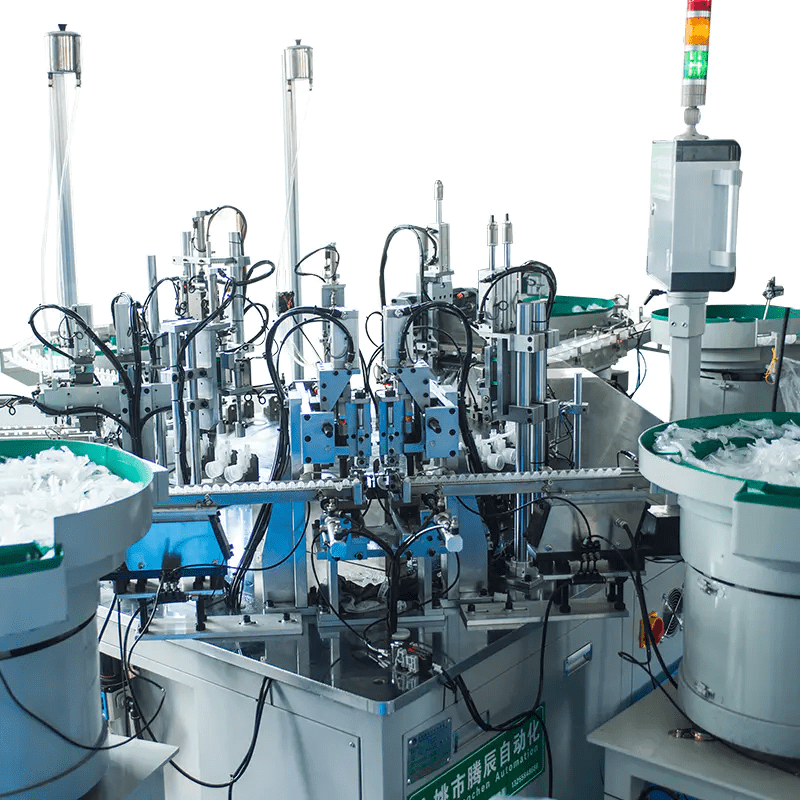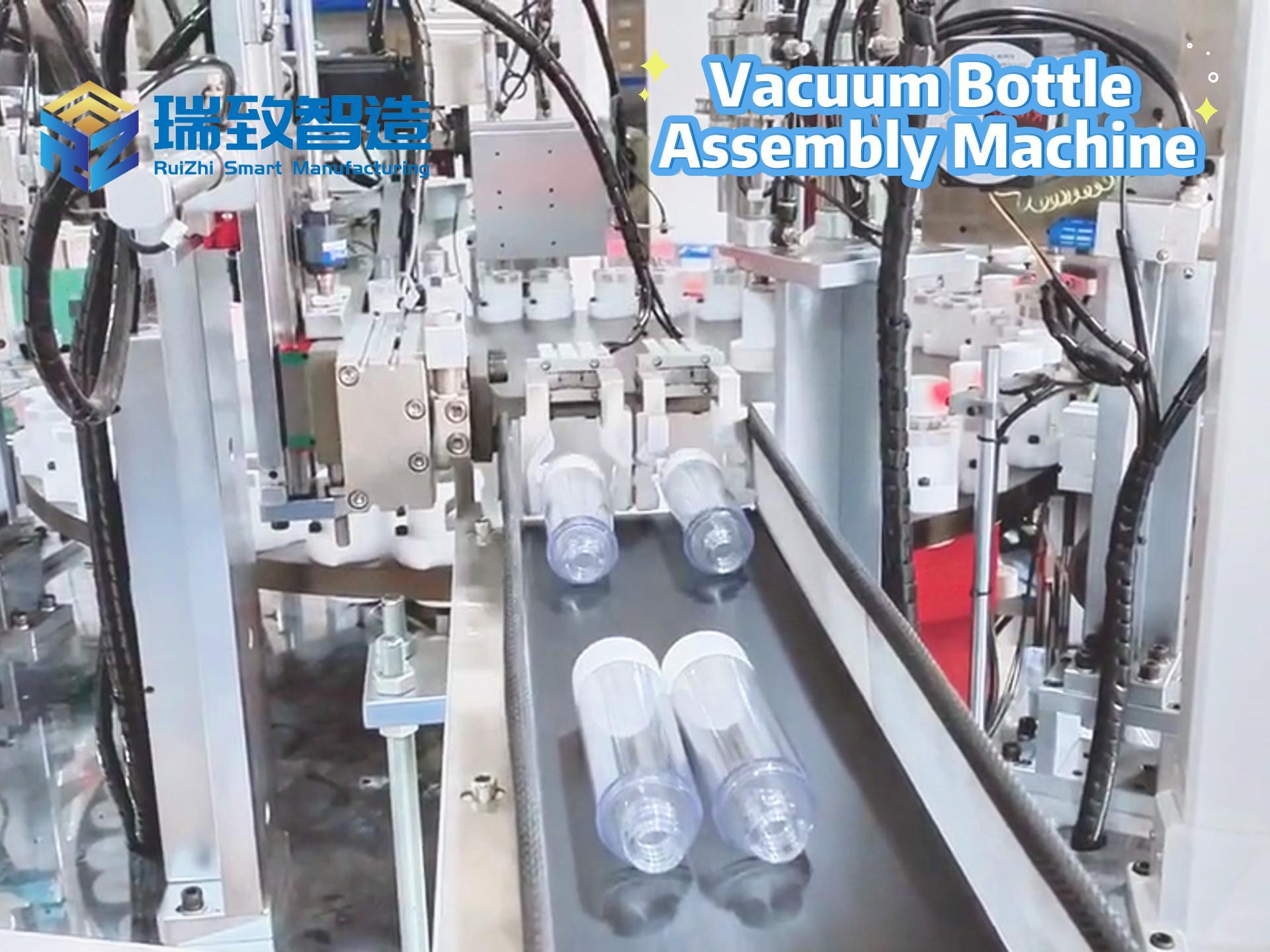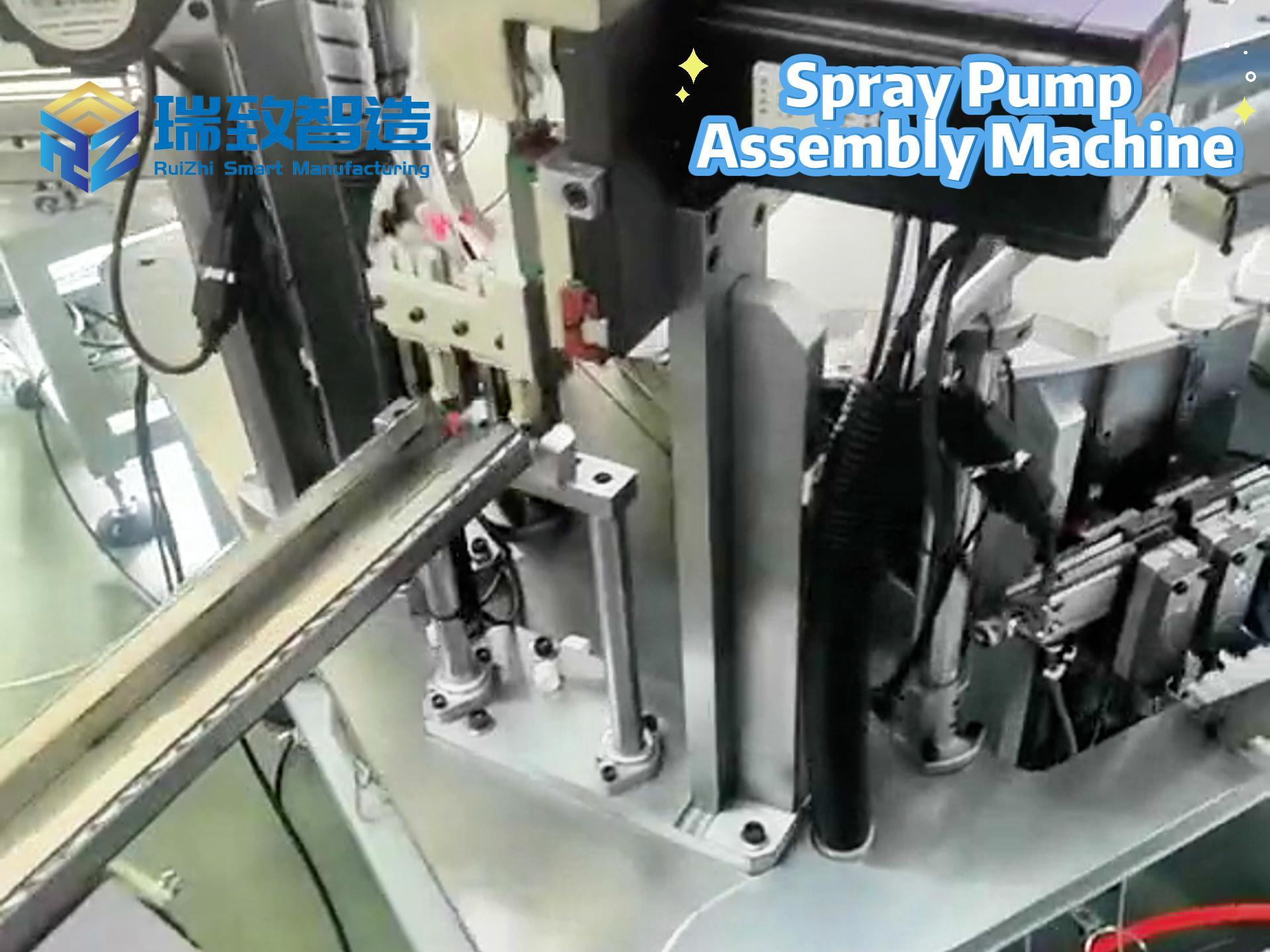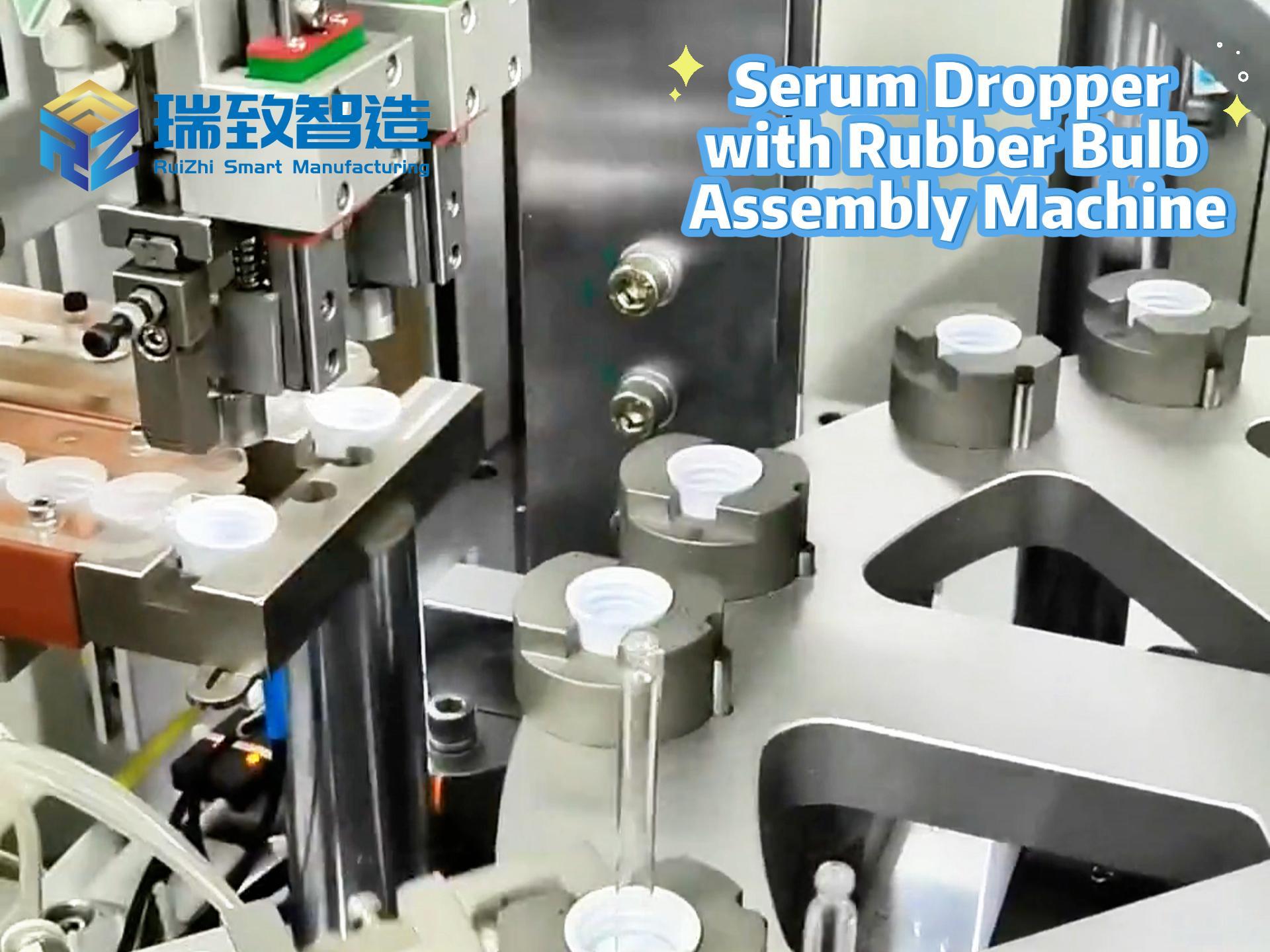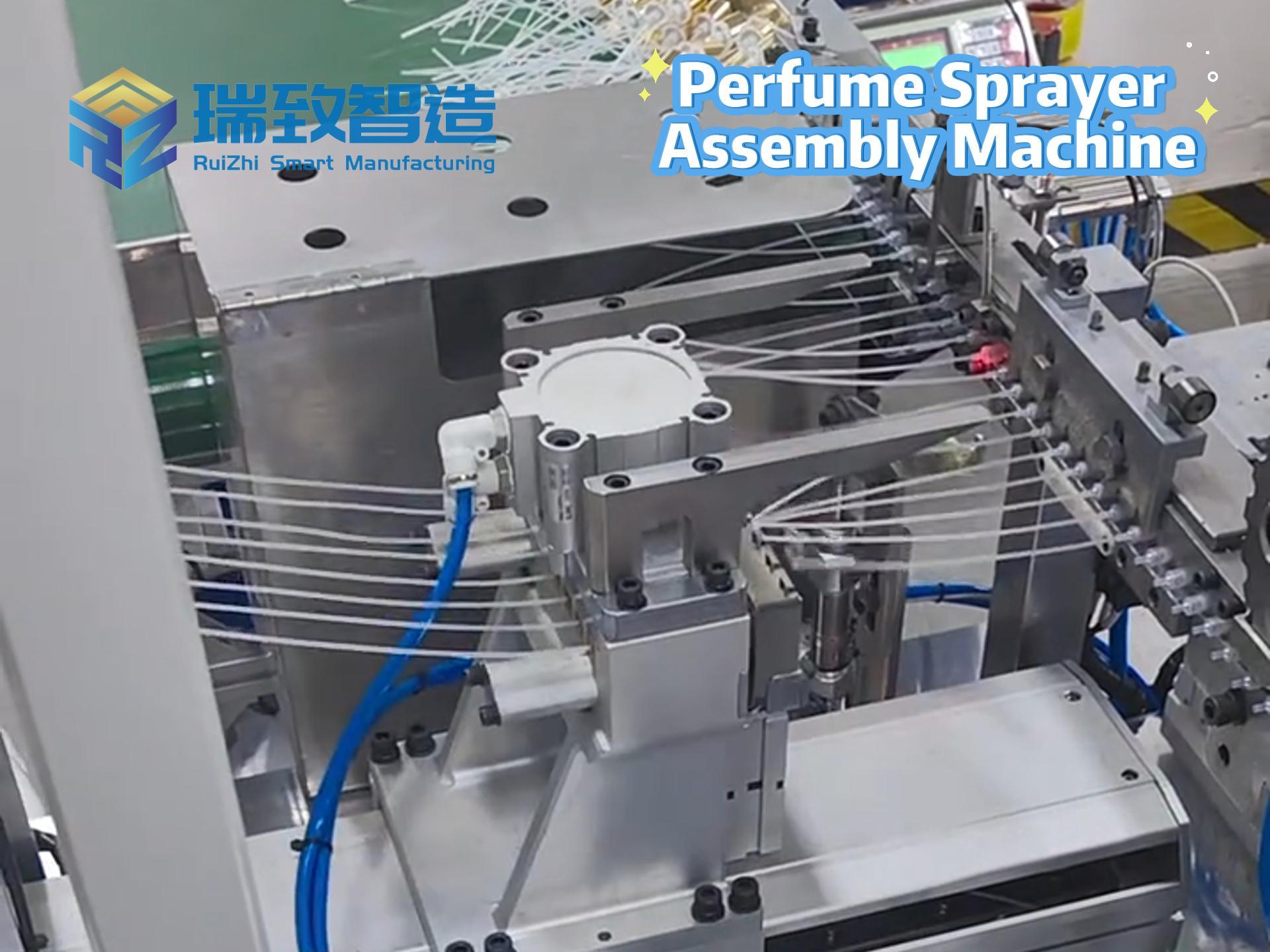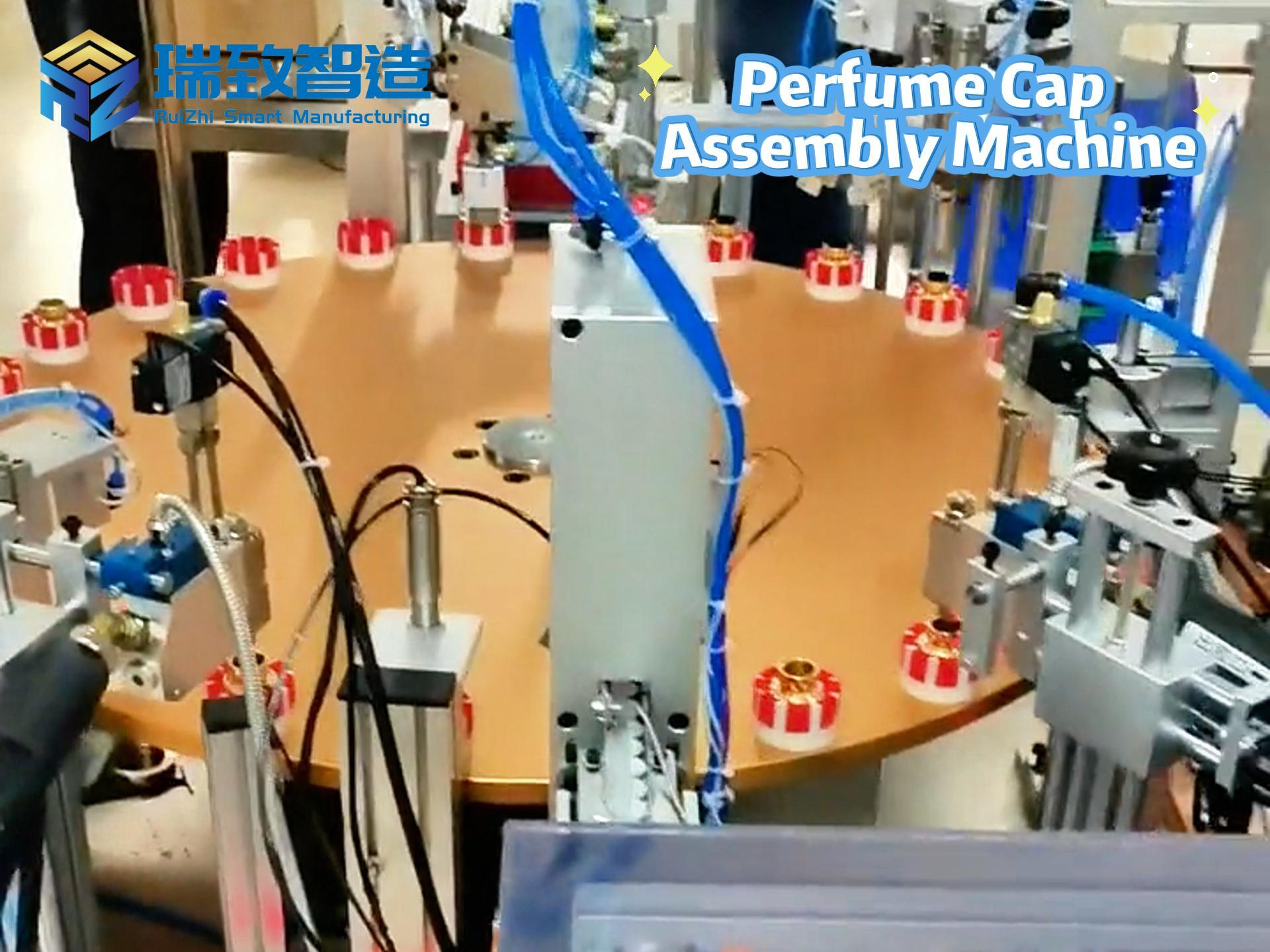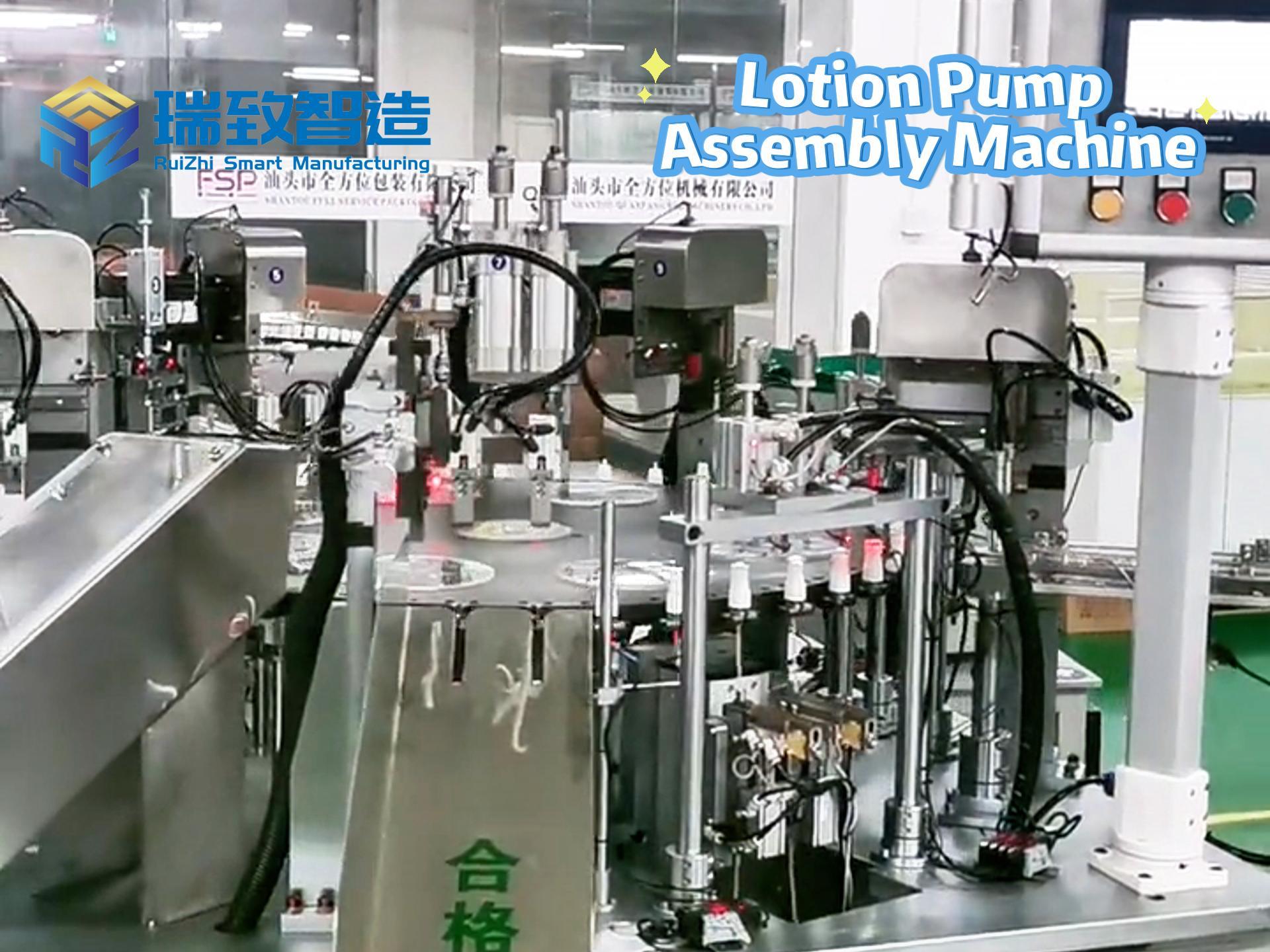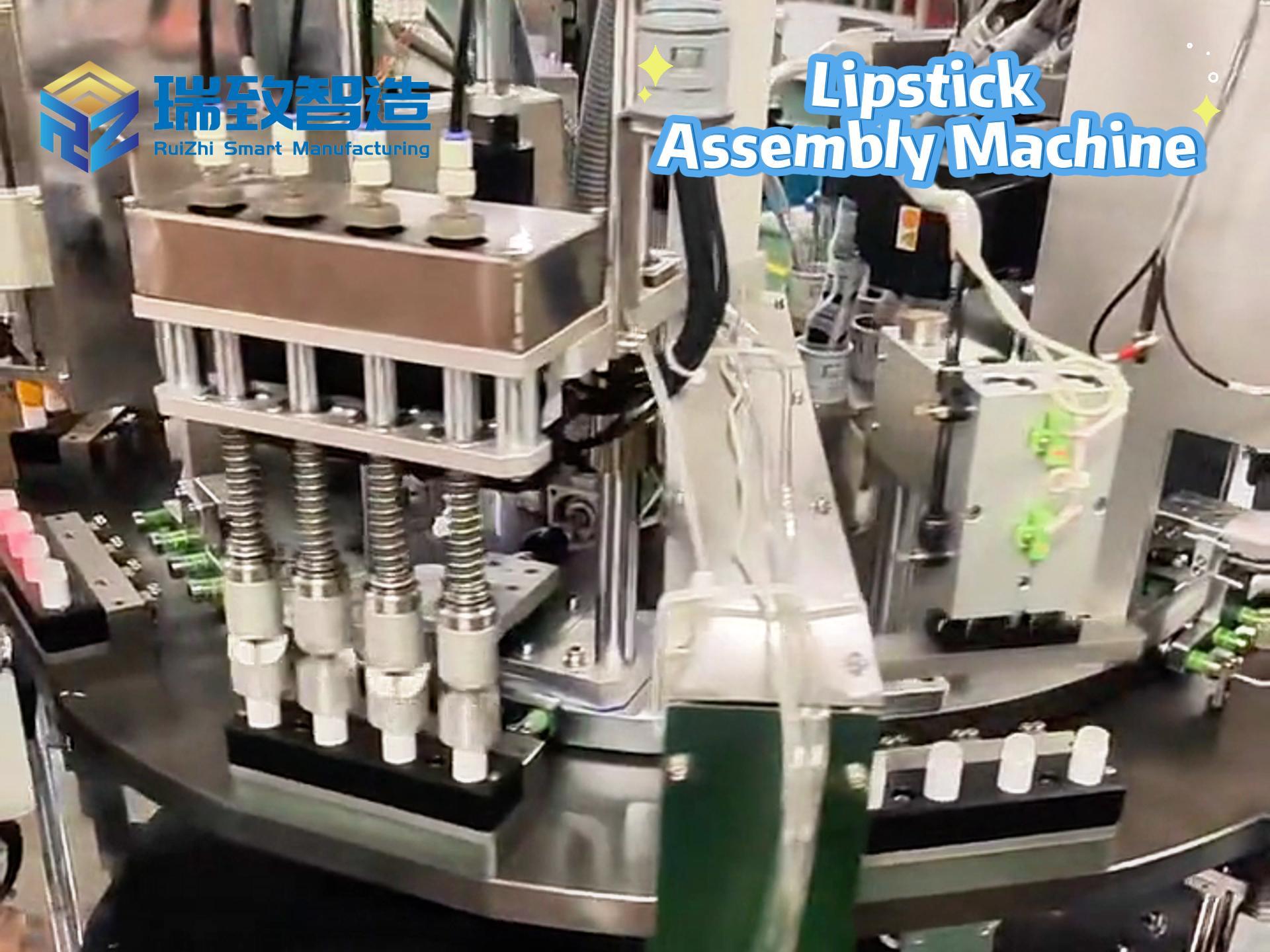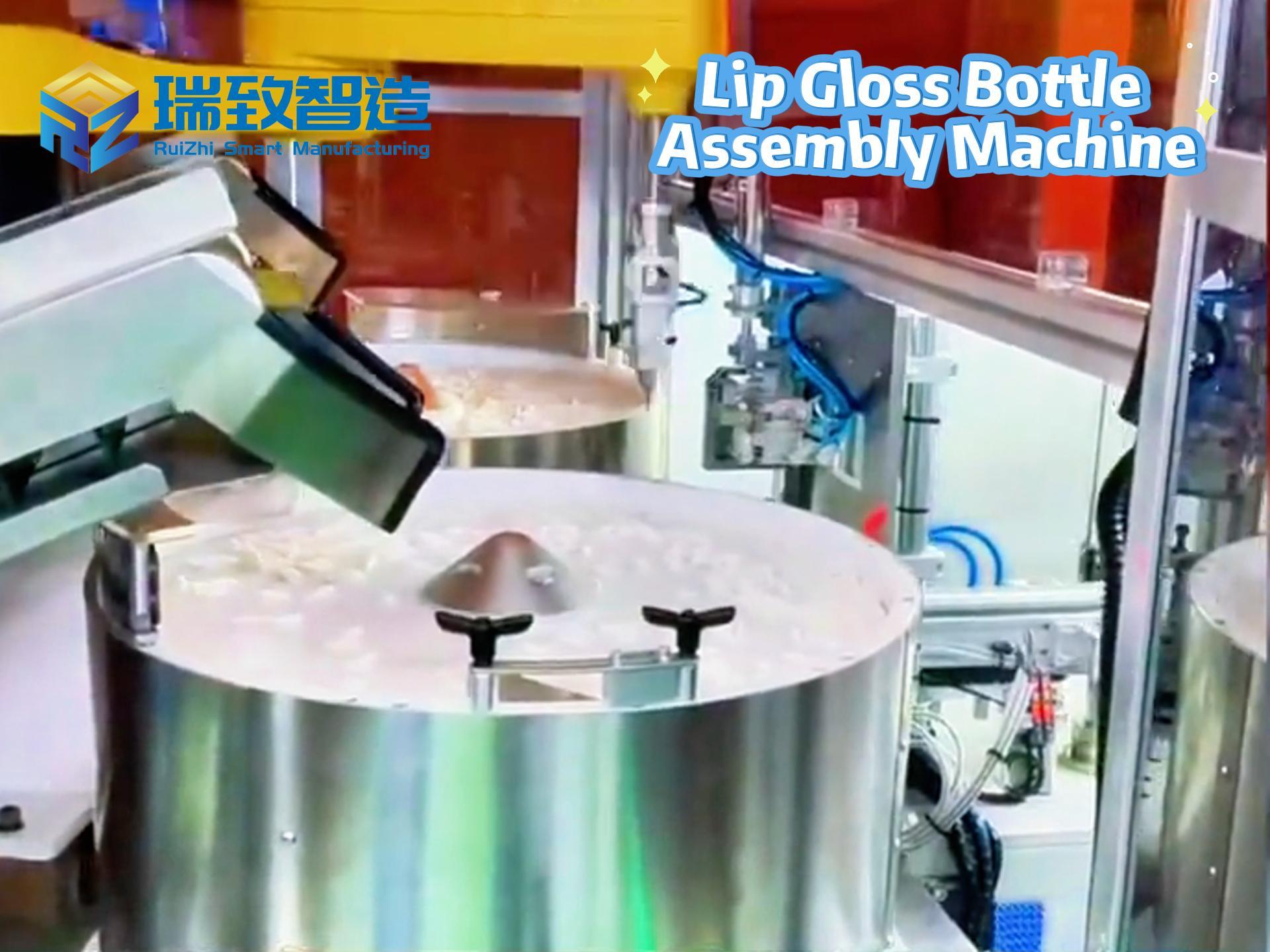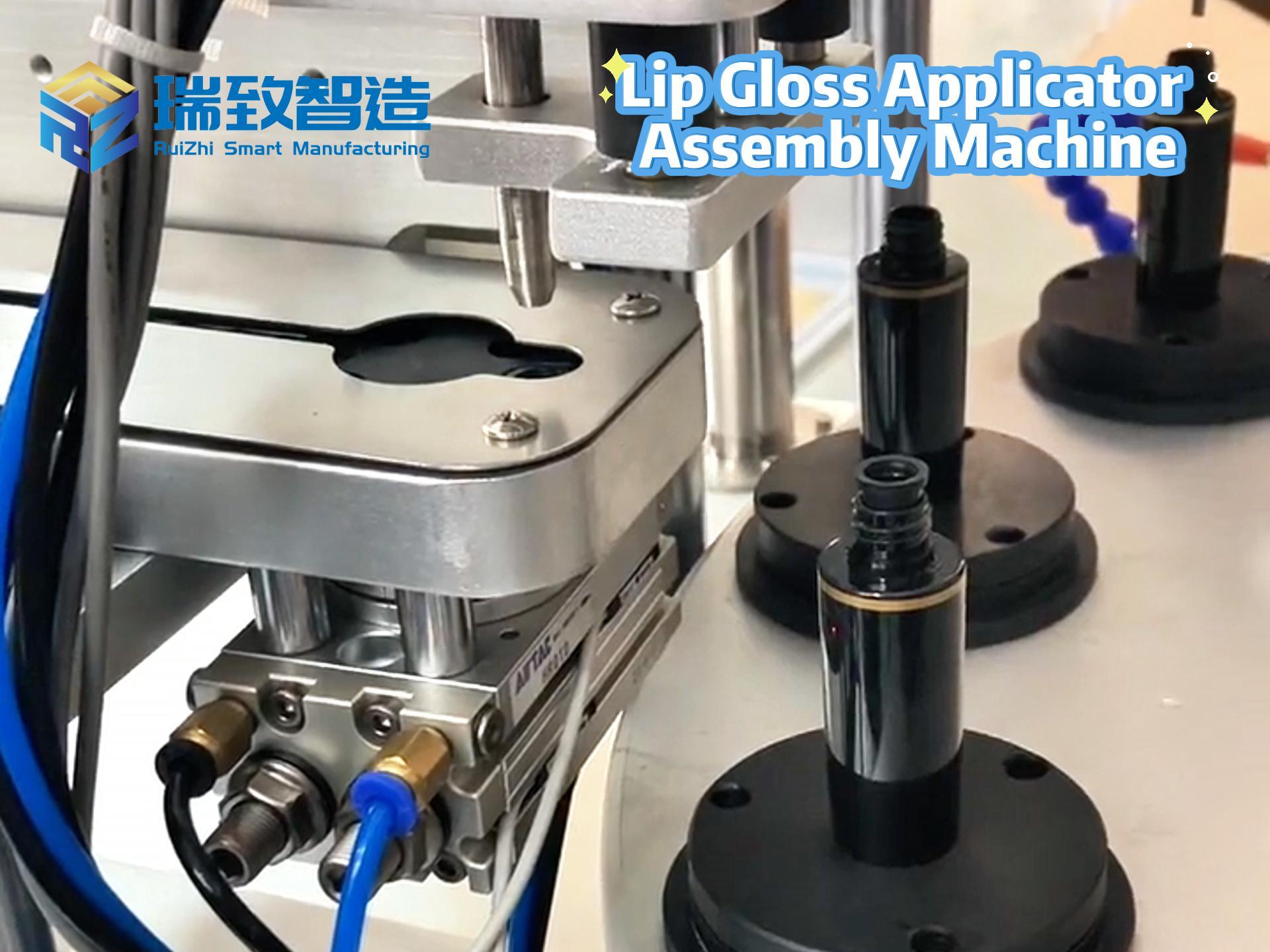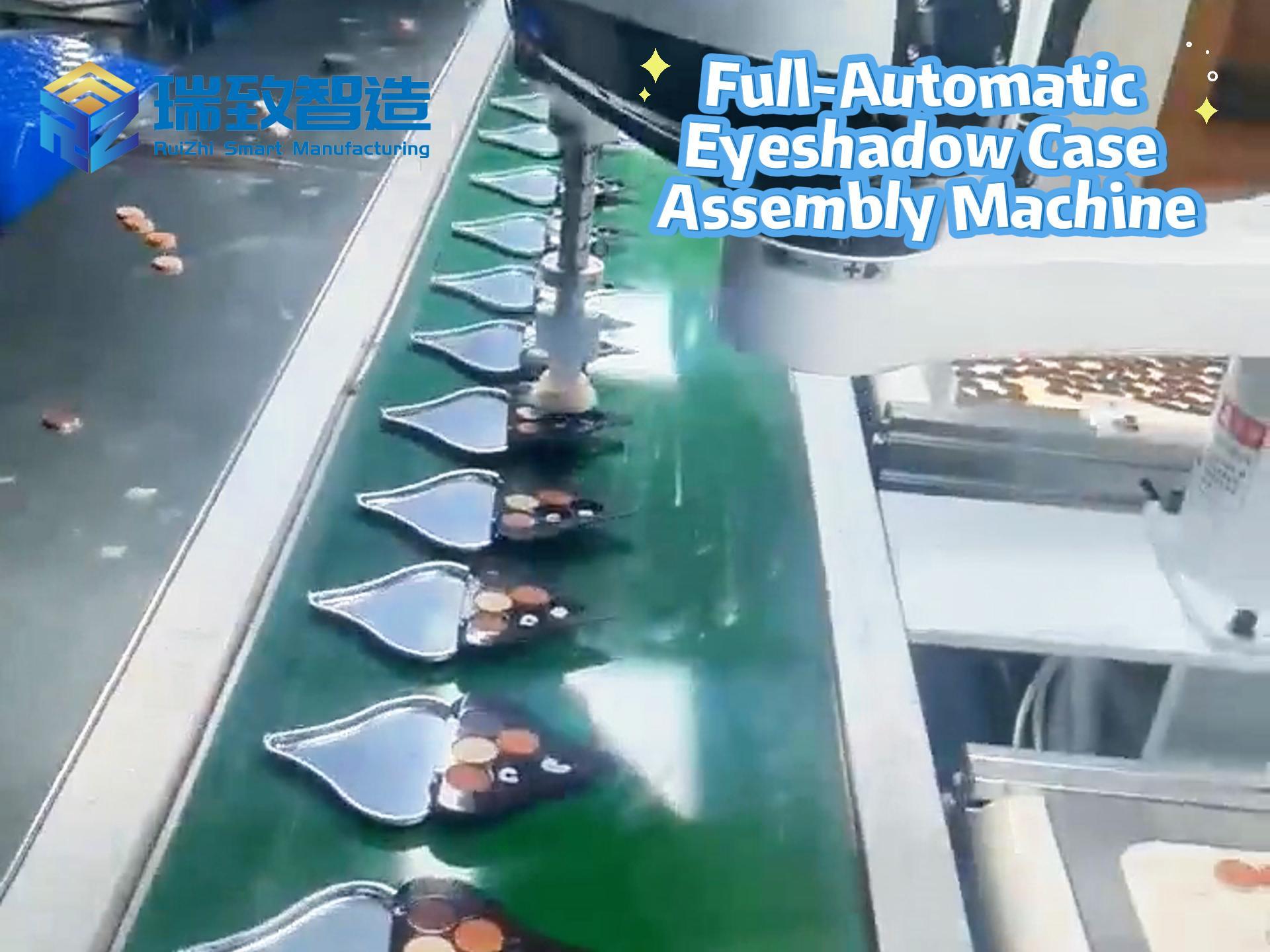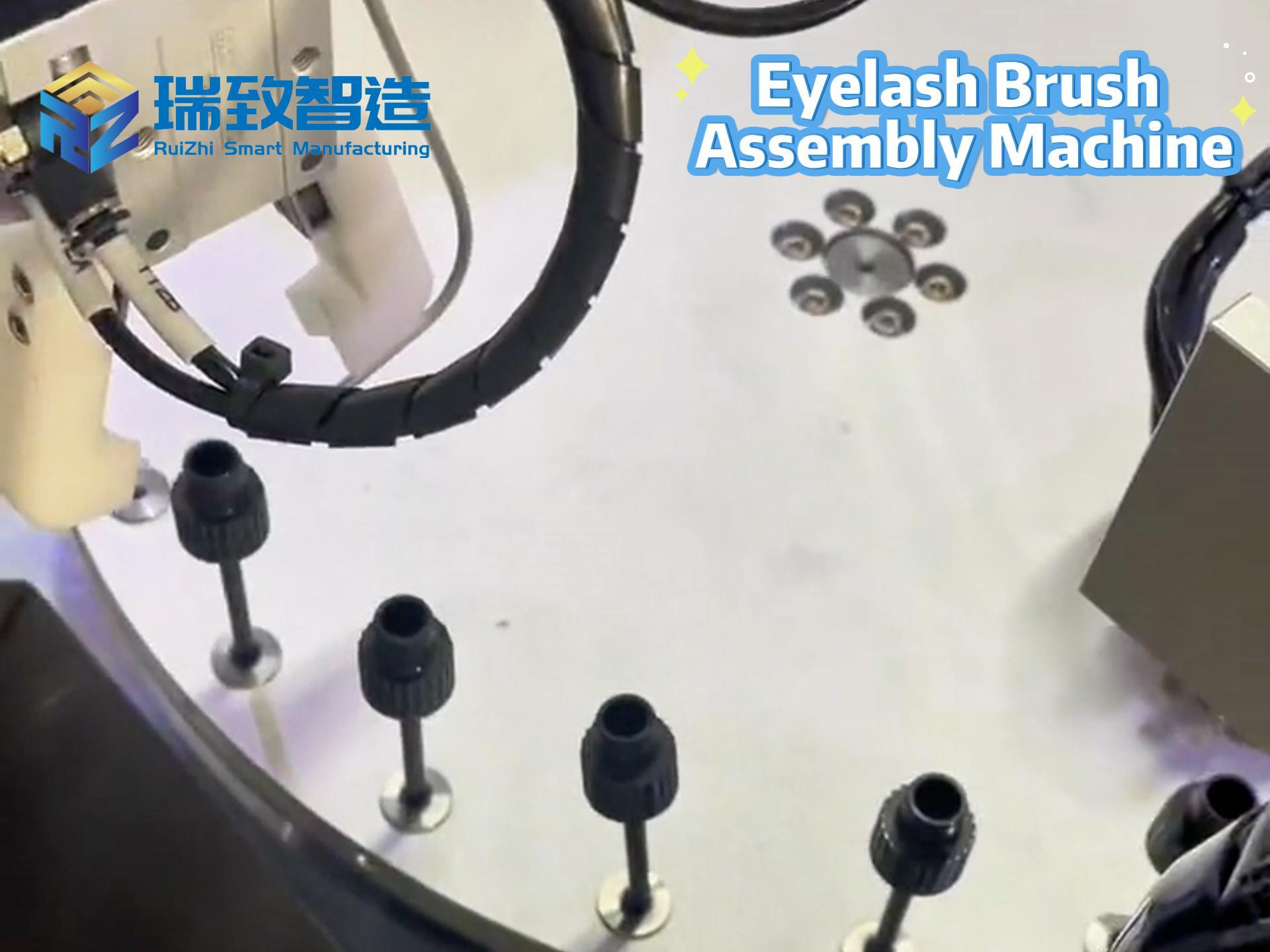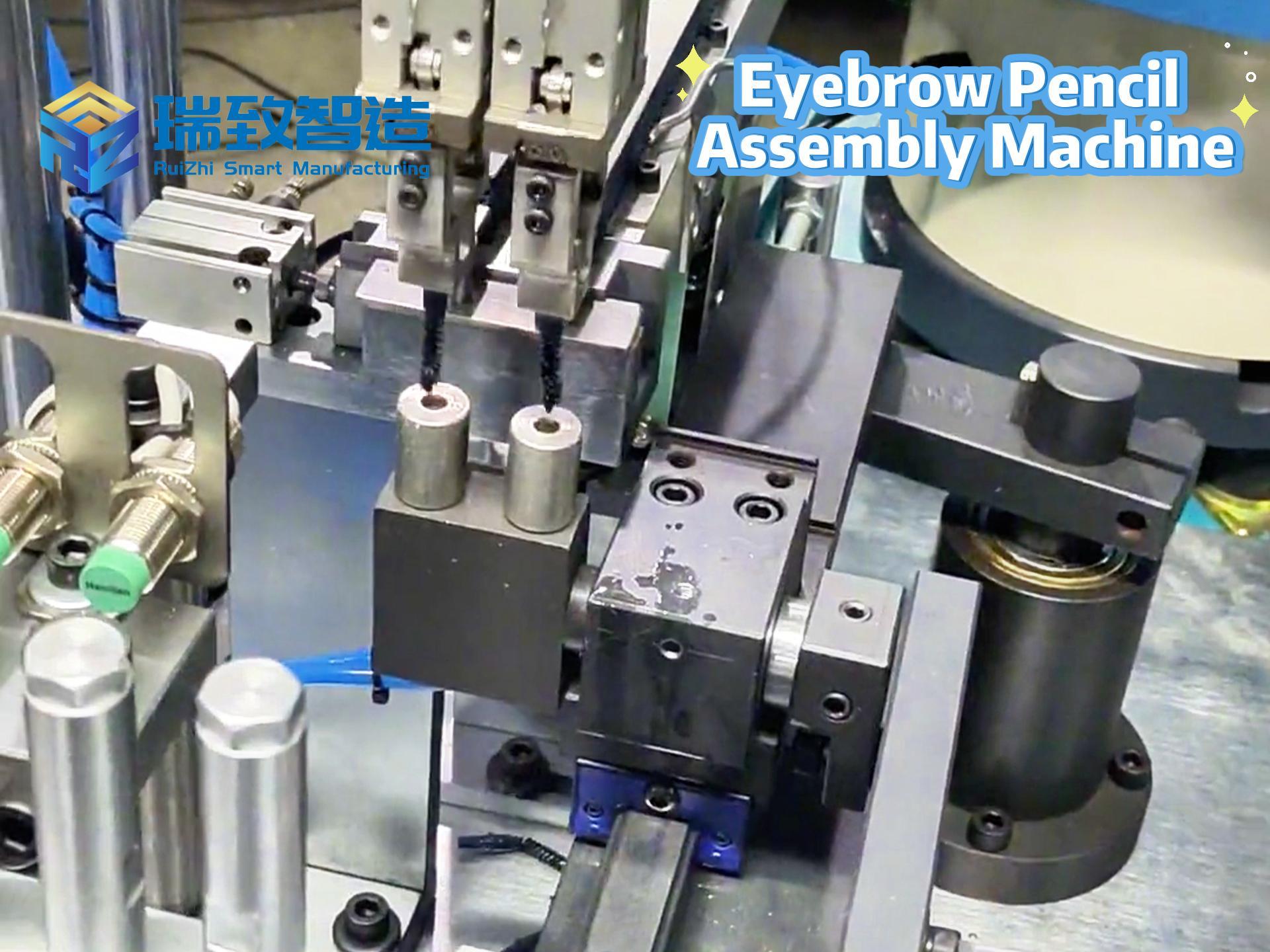Table of Contents
Toggle3C Electronics Industry Breakthrough: Flexible Automation Solves the Dilemma of Multi-Variety and Small-Batch Production

Scene Spotlight:
At 4 a.m. in a Shenzhen 3C OEM factory, Production Manager Engineer Wang frowns at the MES system — the new smartwatch strap scheduled for production tomorrow suddenly requires a material change, necessitating the replacement of specialized fixtures for the existing production line’s welding robot. Simultaneously, a rush order for 2,000 customized Bluetooth headsets from a client demands 48-hour delivery, while the production line is still processing three different models of mobile phone chargers. In the battlefield of 3C electronics’ “multi-variety, small-batch, high-frequency iteration,” the traditional production line’s problems of “slow changeover, poor precision, and chaotic scheduling” have become a bottomless pit of profit loss.
I. Three “Flexibility Deadlocks” in the 3C Electronics Industry
1. Avalanche Acceleration of Product Iteration, Making Production Line Adaptation Difficult
- Critical Data: Mainstream mobile phone brands launch 8-12 new models annually, and smart wearable devices update 2-3 models monthly. Traditional production line changeover debugging takes an average of 2.5 hours, with time costs for new product adaptation alone accounting for 20% of the production cycle;
- Hidden Losses: A tablet manufacturer failed to timely adjust the visual recognition parameters of its sorting robot due to changes in the interface size of a new model, resulting in 5,000 mis-sorted casings and a direct loss of 350,000 yuan.
2. Intensified Order Fragmentation, Making Capacity Scheduling a Tightrope Walk
- Order Characteristics: E-commerce platforms have 催生 (given rise to) small-batch orders with “minimum orders of 50 pieces.” The proportion of small orders in an OEM factory surged from 30% in 2019 to 65% in 2024, with traditional MRP system scheduling error rates as high as 40% (unable to balance equipment load and delivery time);
- Typical Dilemma: Producing 10 types of headphone chargers simultaneously, frequent material switching caused conveyor belt blockages. A shift suffered 3 hours of downtime due to scheduling errors, equivalent to wasting the capacity of 2,000 devices.
3. Nanometer-Level Precision Requirements, with Human Intervention Becoming a Quality Hazard
- Process Pain Points: The assembly precision requirement for mobile phone camera modules is ±5μm. Traditional manual calibration takes 10 minutes per piece, with a missed detection rate of 0.3% (a brand once incurred losses exceeding 20 million yuan due to batch returns caused by camera offset);
- Compliance Pressure: EU RoHS 3.0 requires full-process traceability of hazardous substance use. Traditional paper records cannot meet the demand for second-level data retrieval. A manufacturer was fined 1.5 million yuan for overdue traceability.
II. Flexible Automation as a “Precision Scalpel” to Break the 3C Dilemma
1. Flexible Assembly: From “Hardware Hard Coding” to “Software-Defined Production”
(1) Modular Quick-Change System: 30-Second Product Model Switching
- Hardware Layer:
- Adopt electromagnetic adsorption + mechanical lock dual quick-change fixtures (e.g., automatic switching between phone case grippers/watch strap fixtures), 配合 (paired with) visual guidance systems for automatic position calibration, reducing changeover time from 120 minutes to 8 minutes;
- Case: After introducing the quick-change system, a smartwatch OEM factory can switch 15 strap styles daily, doubling small-batch order capacity.
- Software Layer:
- The MES system pre-sets a product BOM knowledge base, scanning codes to call process formulas (including welding temperature, screw torque, and detection parameters). AI automatically optimizes parameter combinations (e.g., detecting high solder joint defect rates in a headphone charging case and automatically reducing welding power by 1%).
(2) Precision Visual Sorting: 0.1mm-Level Error Control
- Technical Combination:
- Linear array cameras + deep learning algorithms identify electronic components below 0402 size (e.g., resistors and capacitors), with a sorting accuracy rate of 99.99%;
- Dynamic tracking system: When the conveyor belt runs at high speed (1.5m/s), the robotic arm tracks and grabs synchronously. A Type-C interface assembly line reduces the missing assembly rate from 0.2% to 0.01% using this.
2. Intelligent Scheduling: Taming Order Chaos with “Digital Twins”
(1) Dynamic Capacity Balancing Algorithm
- Core Logic:
- Real-time collection of equipment OEE, material inventory, and personnel status data, optimizing scheduling sequences through genetic algorithms (priority given to orders with “high profit per unit time + low changeover difficulty”);
- After applying this to a charger production line, the equipment load balance rate increased from 65% to 92%, and the response time for urgent order insertion was reduced from 2 hours to 15 minutes.
(2) Virtual Production Line Preview
- Digital Twin Application:
- Simulate multi-order mixed-line production in a virtual environment (e.g., simultaneously producing 3 headphone models and 2 watch charger models), identifying material conflict points in advance (e.g., insufficient capacity of a workstation’s screw feeder), reducing offline debugging time by 80%;
- A tablet manufacturer used this technology to shorten new product trial production cycles from 7 days to 2 days, reducing trial production costs by 40%.
3. Full-Chain Traceability: From “Data Silos” to “Digital Passports”
(1) Blockchain + IoT Universal Traceability
- Implementation Path:
- Implant RFID chips in each electronic component, recording more than 30 dimensions of data such as production time, process parameters, and operators, enabling second-level positioning of material flow;
- Case: Due to prohibited substances in the battery adhesive of a certain batch, a mobile phone manufacturer used the traceability system to locate 1,200 affected devices within 2 hours, reducing recall costs by 70%.
(2) AI Quality Closed Loop
- Real-Time Control:
- The edge computing module analyzes detection data in real time (e.g., focal length deviation of camera modules), triggering production line shutdown within 0.5 seconds in case of anomalies, and automatically tracing the previous 100 products for re-inspection;
- A wearable device factory increased process yield from 95% to 99.2% and reduced customer complaint rates by 85% using this.
III. “Three-Step Attack Method” for 3C Electronics Flexibility Transformation
1. Pain Point Priority: From “Bottleneck Workstations” to “Value Stream 贯通 (Penetration)”
(1) Diagnosis Checklist (Sorted by Priority)
| Pain Point Type | Typical Scenario | Transformation Tool | Expected Benefit |
| Precision Assembly Error | Camera module alignment deviation | Force-controlled robot + visual guidance system | Yield rate increased by 3% |
| Long Changeover Time | 2-hour switching time for phone case production line | Quick-change fixture + formula management system | Daily capacity increased by 1,500 pieces |
| Chaotic Scheduling | 30% delay rate for multi-order delivery | Dynamic scheduling algorithm + digital twin | On-time order delivery rate increased to 95% |
(2) Pilot Strategy
- Priority transformation of SMT chip lines (most frequent multi-variety switching, accounting for 40% of 3C electronics costs). An OEM factory increased chip placement efficiency by 25% and reduced material consumption by 18% through flexibility transformation.
2. Technical Adaptation: Screening of 3C-Exclusive “Flexible Parameters”
(1) Three Principles of Equipment Selection
- Precision Priority: Choose robotic arms with positioning accuracy within ±0.02mm (e.g., ABB YuMi collaborative robots) to meet the micron-level assembly requirements of camera modules;
- Cleanliness Compatibility: Equipment materials must pass IPC-A-610 Class 3 certification (suitable for 3C electronics’ clean production environment). A factory spent an extra 1.2 million yuan on dust-proof installations due to ignoring cleanliness requirements;
- Data Openness: Require equipment to support mainstream protocols such as OPC UA and EtherCAT to ensure seamless docking with MES/PLM systems (an OEM factory spent 6 months on secondary development due to equipment protocol incompatibility).
(2) Software Customization Key Points
- Develop a BOM automatic analysis module (supporting Excel/PLM data import) to automatically generate production formulas. A tablet manufacturer reduced new product process input time from 4 hours to 30 minutes using this;
- Integrate ESI virtual assembly software to predict manufacturability at the design stage (e.g., avoiding fixture ungraspability caused by structural design), reducing 50% of 后期 (later-stage) process modifications.
3. Organizational Upgrade: Building a “3C Smart Elite Army”
(1) Job Reengineering
- Establish “precision assembly engineers” (proficient in force-controlled robot programming + visual system calibration), with salaries 40% higher than traditional operators;
- Implement “multi-device certification” (e.g., mastering operations of SMT chip mounters, AOI detectors, and intelligent warehousing systems). Certified employees in a factory can support cross-workstations, increasing capacity utilization by 20%.
(2) Digital Tool Empowerment
- Deploy AR glasses guidance systems (real-time display of installation angles for precision components), reducing new employee training cycles from 4 weeks to 1 week and increasing first-piece yield to 98%;
- Develop an “anomaly handling sandbox” to simulate more than 100 production anomalies (e.g., feeder failures, material shortages), tripling employees’ emergency response speed.
IV. Benchmark Case: The Counterattack from “OEM Factory” to “Flexibility Benchmark”
Case: A Well-Known 3C OEM Factory (Annual Output Value >5 Billion Yuan)
Pain Points:
- Processing an average of over 200 orders monthly, with 50% being small batches of less than 5,000 pieces; changeover losses account for 18% of costs;
- The yield rate of camera module assembly is 94%, with over 50 monthly customer complaints, and brand customer satisfaction dropped to 75 points.
Transformation Path:
- Hardware Upgrade:
- Introduce 10 high-precision collaborative robots (positioning accuracy ±0.01mm), configure a quick-change fixture library (storing 20 types of specialized fixtures), and compress changeover time to 5 minutes;
- Deploy 30 sets of linear array camera vision systems to achieve full inspection of 0201 size components (detection speed 500 pieces/minute).
- Software Reengineering:
- Self-develop a “3C flexible scheduling engine” for dynamic scheduling based on three factors: order delivery time, equipment load, and material availability, with emergency order response time <30 minutes;
- Build a digital twin platform to preview new model production processes, increasing trial production problem discovery rate by 60%.
- Effectiveness Data:
- Small-batch order capacity increased by 150%, annual revenue increased by 120 million yuan;
- Camera module yield rate reached 99.5%, customer complaints zeroed out, successfully entering the high-end brand supply chain;
- Equipment utilization increased from 60% to 85%, annual cost savings of 80 million yuan, ROI reached 250%, payback in 10 months.
V. “Pitfall Avoidance Guide” for 3C Electronics Flexibility Transformation
1. Don’t Blindly Trust “Universal Solutions”
- The precision assembly requirements of 3C electronics far exceed universal scenarios. A factory 照搬 ed flexible solutions from the automotive industry, resulting in unqualified camera module assembly precision, an increase of 3 million yuan in rework costs, and ultimately solving the problem only through custom development of 3C-exclusive fixtures.
2. Calculate “Hidden Quality Costs” Clearly
- During flexibility transformation, testing equipment should be upgraded simultaneously (e.g., introducing 3D AOI, X-Ray detectors). A factory failed to upgrade testing capabilities, leading to missed surface mount defects and post-production maintenance costs accounting for 5% of sales.
3. Beware of the “Data Chimney” Trap
- Ensure real-time intercommunication of PLM (product design)-MES (production execution)-WMS (warehouse logistics) data. A manufacturer failed to detect errors in new product material lists due to data disconnection, resulting in the scrapping of 5,000 PCB boards.
Act Now: 3C Electronics Flexibility Transformation “Starter Pack”
- Scan to receive the 3C Electronics Flexibility Transformation Checklist
- Includes 20 equipment selection parameters, 15 key process detection points, and 10 sets of job training courseware;
- Schedule a “3C Flexibility Diagnosis Service”
- Senior engineers will visit to assess production line bottlenecks and provide a 3C Electronics Flexibility Transformation Feasibility Report(including investment return calculations);
- Join the “3C Flexible Manufacturing Alliance”
- Share technical solutions with Huawei and Apple supply chain enterprises, and access the latest industry standards (e.g., Wearable Device Flexible Production White Paper).
In the battlefield of 3C electronics, where “models are as numerous as tides and orders are as countless as sand,” flexible automation is no longer an “optional solution” but a “survival necessity.” While peers still struggle with “changeover losses, insufficient precision, and chaotic scheduling,” enterprises that (take the lead in) completing flexibility transformation have firmly secured a place in the high-end supply chain through a combination of “efficient multi-variety switching, precise small-batch profitability, and full-process quality control.” The next issue, Automotive Parts Industry Breakthrough: How Flexible Automation Meets the Dual-track Demand of “OEMs + Aftermarket”, is coming soon!
(Follow us to get more practical insights into 3C electronics flexibility, making every product iteration a springboard for profit growth!)
#robot vision systems #robot vision camera #machine vision robot

